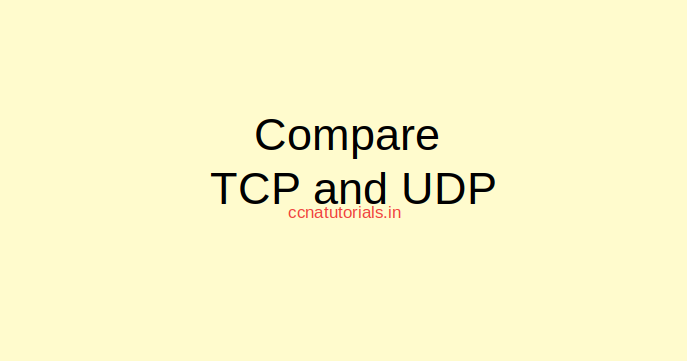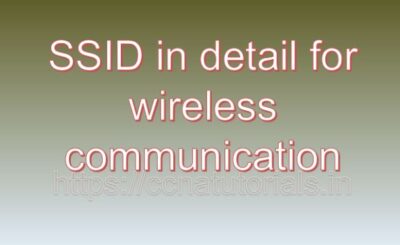In this article I compare the TCP and UDP protocols. TCP and UDP are transport layer protocols. The use of each protocol is very different. It is very easy to compare TCP and UDP protocol if we know these working and function. So in this article i will describe TCP and UDP protocols separately than compare TCP and UDP protocol.
TCP Transmission Control Protocol
TCP is acronym of Transmission Control Protocol. TCP is a transport layer protocol belongs to TCP/IP reference model. TCP provides data transmission between different devices in a network and as well as in internetwork. The TCP Transmission Control Protocol works on IP address system.
TCP Transmission Control Protocol follow some rules to transport the data in a proper manner. The TCP is independent of software, hardware or media of devices used in a network. TCP works on network layer in OSI model. Router configured to transport the data at network layer in OSI layer.
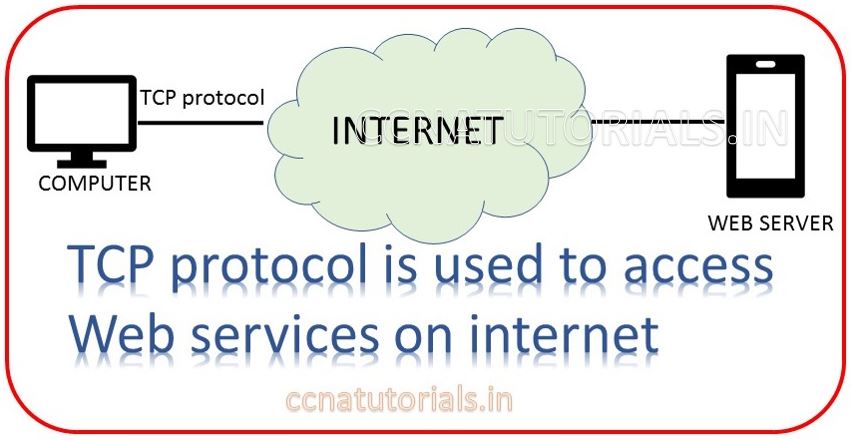
In a network the data flow in the form of packets on TCP Transmission Control Protocol. Source and destination can be identified by IP address system. TCP Transmission Control Protocol controls the flow of data in a network. TCP protocol manage the reliability and accuracy of data transferred from one device to another device in a network.
If data not transferred in accurate format, then the same data transmitted again from source to destination till the correct data does not received by the destination. For example if a device need to send a picture on the network and some frame missed during the transmission then the received image will be useless. So TCP protocol resend the data again and again untill the receive the confirmation from the receiver.
Purpose of TCP Transmission Control Protocol
There are billions of devices connected with each other in internet. At every instant a lot of data transmitted from one device to another device. data collision and lost happens generally on internet. The main purpose of Transmission Control Protocol is to achieve the reliability and accuracy of data. TCP follow some rule to maintain the data integrity and reliability. TCP protocol is used where exact data required to send over internet. Email is the best example of TCP protocol transmission. Email never received in corrupted format. In received email no any letter or sentence missing because of TCP Transmission Control Protocol. Similarly, if you want to send a picture or video on internet, TCP protocol used for it. The data transmitted in the format of packet.
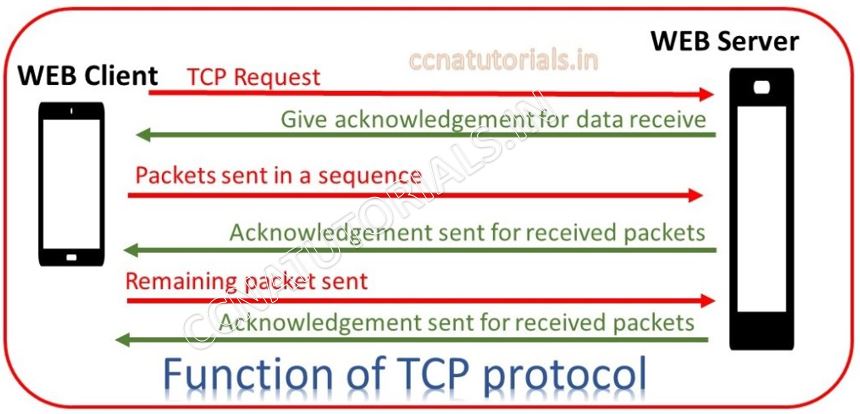
Function of Transmission Control Protocol
When a device need to send a data to another device on internet. Firstly, handshaking process done between sender and receiver devices. After getting acknowledgement from receiver, at sending device the data breaks into packets and packets align in a sequence. A unique sequence number and port number assigned to each packet. Port number defines the service for which the data transmitted.
Packets transmission begins according to sequence of packets. After a fix numbers of packets sender ask for acknowledgement. After getting acknowledgement next stream of packets sent to receiver. In case if acknowledgement not received same data re-transmitted again. This process is run till the complete data transmitted to receiver.

After receiving the complete data, the packets reassembled according to sequence or packets. A number provide the information for which the data received this number is known as port number. For example, web browsers used port 80 to access a website on http service. Port number is suffix with IP address to define the service for which data received. Another supported terms NAT and PAT used to distinct the data for all devices.
UDP User Datagram Protocol
UDP User Datagram Protocol is a network protocol which is use in network or internetwork. UDP is transport layer protocol belongs to TCP/IP model. UDP provides data transmission between devices in a network very similar to TCP protocol. UDP User Datagram Protocol works on IP address system as in TCP. UDP User Datagram Protocol doesn’t ask for acknowledgement like TCP Transmission Control Protocol.
UDP is independent of software, hardware or media of devices in a network. UDP works on network layer in OSI model. The lost data does not resend by sending device using UDP. Live video streaming is an example of UDP User Datagram Protocol. Many time you see during live video streaming the lost clip never play again. All news channels broadcasting is done with the UDP User Datagram Protocol.
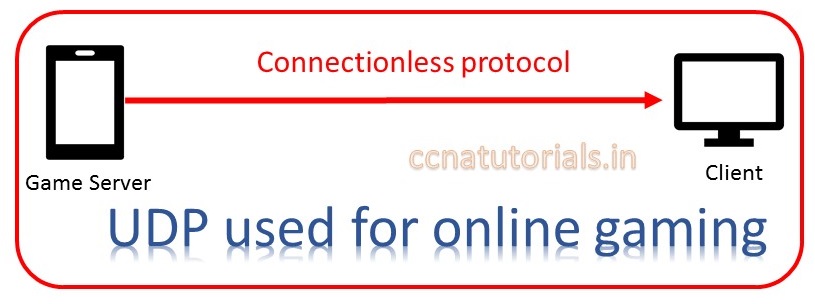
The Data flows in the form of packets in a network on UDP User Datagram Protocol. Source and destination defined by IP address system. UDP control the flow of data in a network. UDP protocol doesn’t manage the reliability and accuracy of data transferred from one device to another device. If data is missing or lost during transmission, then the lost data not transmitted again from source to destination. UDP is a connection-less protocol.
Purpose of UDP User Datagram Protocol
UDP User Datagram Protocol provides communication between two devices on internet. In UDP protocol datagrams sent instead of packets in TCP. UDP is a connection-less protocol. UDP does not provides flow and error control on data transmission over internet. Some services do not require accuracy or reliability of data transmission. These services are providing data communication by using UDP User Datagram Protocol. Video streaming, DHCP services are example of such services.
Function of UDP User Datagram Protocol
UDP protocol provides communication for network applications. The application in which latency is critical. Voice and video communication use UDP protocol. During communication if some part of voice or video is loss, it doesn’t affect the communication. Remember VOIP used TCP protocol to get accurate voice data. Application use UDP protocol can suffer some data loss without adversely affecting on its data quality. Some protocols which use UDP User Datagram Protocol for their services are TFTP, RTSP, and SNP etc.
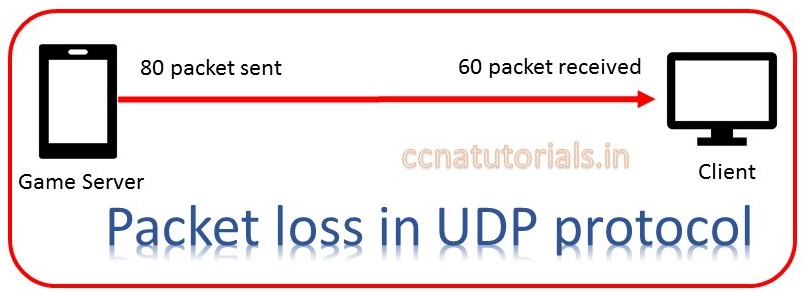
UDP User Datagram Protocol send packet from all the path which are available on network. Due to this some packets received in different sequence and dropped by receiver. Some packets dropped during transmission which is suitable for real time applications. Mostly real time application use UDP Protocol.
Composition of UDP User Datagram Protocol packet
UDP Protocol header use four fields for transmit the data. Each of them is of 2 bytes. The four fields are source port number, destination port number, length and checksum.
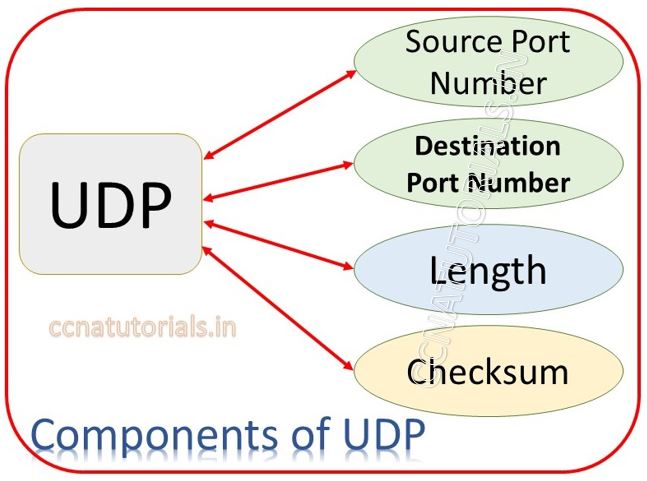
Source port number assigned at the sender side. It used to denote the type of service for which data transmission is required. Destination port number denotes the type of service at receiver end for which data is send. Length defines the length in bytes of a packet or encapsulated data. Finally, checksum check the error in data transmission. Both IPv4 and IPv6 are compatible for UDP Datagram Protocol.
Compare TCP and UDP protocol
In above explained details of TCP and UDP many things already cleared. Now after read the topics in details lets compare TCP and UDP protocols.
| TCP Transmission Control Protocol | UDP User Datagram Protocol |
| TCP is a connection oriented protocol, means before transmission of data a reliable connection established between the source and destination devices. | UDP is a connection less protocol. It means it is not necessary to make a connection between the source and destination devices. It is just like broadcasting the data on the network. |
| The data sent by the TCP protocol is reliable and received in a sequence by the receiving device | The data sent by UDP is not reliable. The data may be interrupted or loss some of its portion |
| TCP uses error handling mechanism and resend the packets which are not received from the receiver. It is done by acknowledgement from the receiver device | UDP only use checksum mechanism. UDP does not require any acknowledgement from the receiver of data. |
| The data sent and received by the devices in a predefined order. So the data can be reconstructed in correct sequence | The data sending and receiving path have no any sequence. The datagrams sent from multiple paths. So some datagrams lost and some received in a wrong sequence. These datagrams dropped by the receiver device. |
| The data transmission speed of TCP is slow because it check the data after some fix interval and take acknowledgement from the receiver. It resend the packets which are lost during transmission | UDP is fast in speed because it do broadcast only. There is no any check on receiving or lost the data grams on the way. |
| TCP need handshaking before starting the transmission of data | UDP does not need any kind of hand shaking to start the data transmission |
| Never used for broadcasting data | Always prefers in broadcasting the data like new channel and live streaming etc. |
So in this article I try to give you a comparison of TCP and UDP protocol. Firstly I describe both protocols than after a brief description I compare TCP and UDP protocol.
I hope you found this article useful. For any query or suggestion on this topic you may drop a comment below or contact us. Your suggestions are always welcome by our team.
